Questions regarding thin brick
pacific_flights
11 years ago
Featured Answer
Comments (6)
_sophiewheeler
11 years agoRelated Professionals
Pike Creek Valley Kitchen & Bathroom Designers · Woodlawn Kitchen & Bathroom Designers · Alpine Kitchen & Bathroom Remodelers · Kettering Kitchen & Bathroom Remodelers · Sioux Falls Kitchen & Bathroom Remodelers · South Plainfield Kitchen & Bathroom Remodelers · Weston Kitchen & Bathroom Remodelers · Des Plaines Glass & Shower Door Dealers · Emeryville Glass & Shower Door Dealers · Lakewood Glass & Shower Door Dealers · Morristown Glass & Shower Door Dealers · Crestview Cabinets & Cabinetry · Little Chute Cabinets & Cabinetry · Tabernacle Cabinets & Cabinetry · Westfield Window Treatmentspacific_flights
11 years agobill_vincent
11 years agopacific_flights
11 years agobill_vincent
11 years ago
Related Stories

EXTERIORSCurb Appeal Feeling a Little Off? Some Questions to Consider
Color, scale, proportion, trim ... 14 things to think about if your exterior is bugging you
Full Story
REMODELING GUIDESConsidering a Fixer-Upper? 15 Questions to Ask First
Learn about the hidden costs and treasures of older homes to avoid budget surprises and accidentally tossing valuable features
Full Story
MOST POPULAR8 Questions to Ask Yourself Before Meeting With Your Designer
Thinking in advance about how you use your space will get your first design consultation off to its best start
Full Story
REMODELING GUIDESPlanning a Kitchen Remodel? Start With These 5 Questions
Before you consider aesthetics, make sure your new kitchen will work for your cooking and entertaining style
Full Story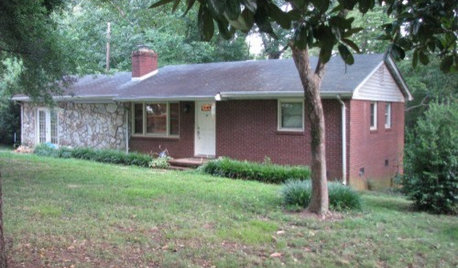

DECORATING GUIDESWhat You Need to Know Before Painting Brick
Sure, painted brick can be a great look. But you need to take some risks into account. Here's how to paint brick like a pro
Full Story
REMODELING GUIDESInterior Brick: Paint it or Leave It?
Here's how to know if covering that brick is a sin or solution
Full Story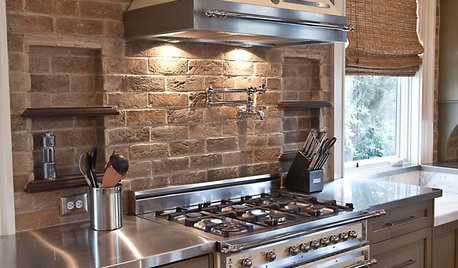
KITCHEN DESIGNYes, You Can Use Brick in the Kitchen
Quell your fears of cooking splashes, cleaning nightmares and dust with these tips from the pros
Full Story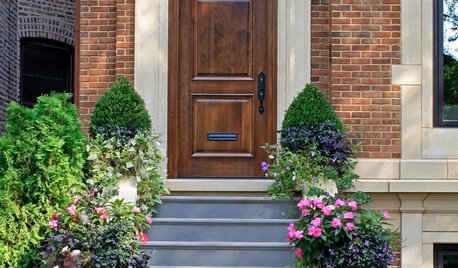
CURB APPEALKnow Your House: Anatomy of a Brick Veneer Wall
Brick's new role as skin versus structure offers plenty of style options for traditional exteriors
Full Story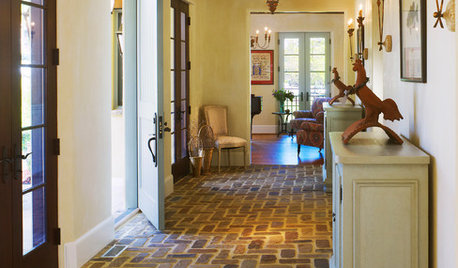
RUSTIC STYLEBrick Floors: Could This Durable Material Work for Your House?
You love the old-world look, but will you like the feel of it underfoot? Learn the pros and cons of interior brick flooring
Full StorySponsored
Most Skilled Home Improvement Specialists in Franklin County
More Discussions










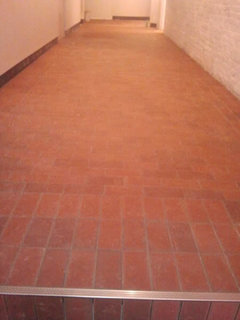
Annie Deighnaugh